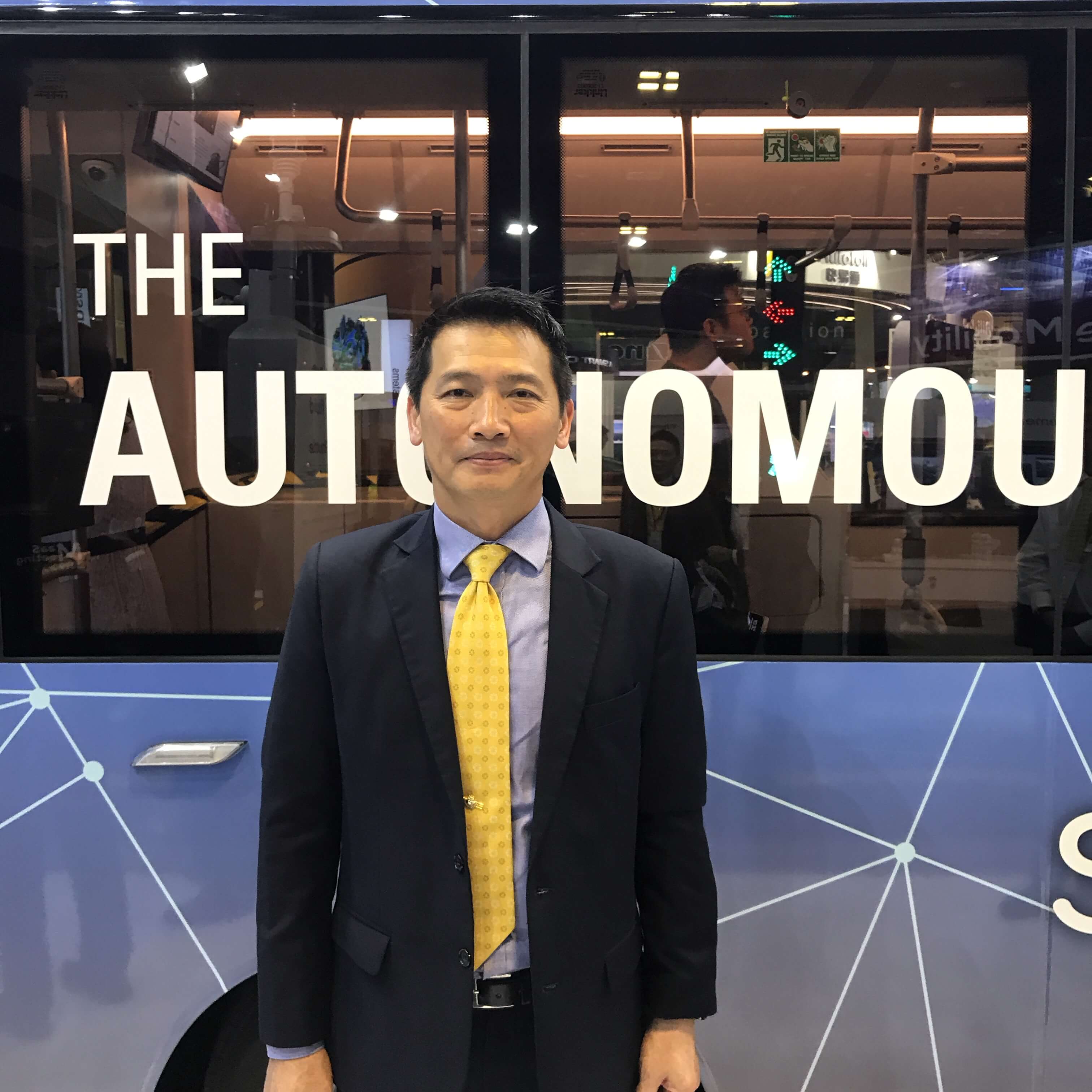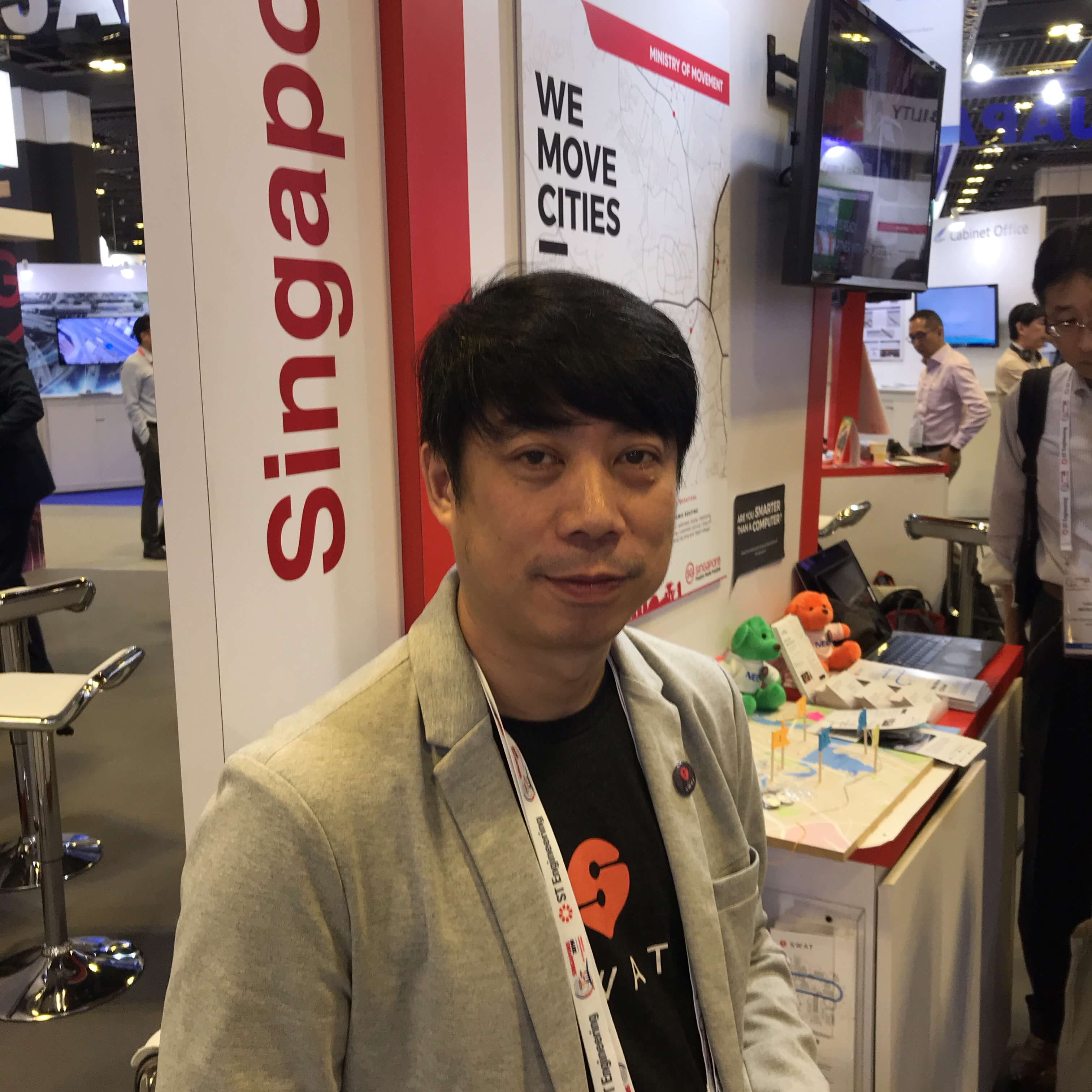In terms of intelligent transportation systems, Singapore is one of the most advanced in the world.
In terms of intelligent transportation systems, Singapore is one of the most advanced in the world. Technologies such as electronic road pricing (ERP), autonomous buses and analytics-based on-demand bus services are either being deployed or trialed in a country where intelligence and automation are used to solve its unique challenges and problems.
To understand why ITS is at an advanced stage in Singapore, the country’s unique characteristics need to be looked at. First, Singapore is facing a population decline, which will result in a shortage of workers down the road. Further, as a city state with a lack of natural resources, Singapore depends solely on imports and exports, which cannot succeed without the support of a robust and healthy transportation system.
This is where ITS can come in to help Singapore, which already has various advanced projects deployed. These are discussed as follows.
ERP
Electronic road pricing is a system that aims to reduce congestion and optimize road usage by way of electronic toll collection. The system consists of ERP gantries that are equipped with sensors and cameras and that are installed on all roads leading to Singapore’s central area. The sensors interact with the vehicle’s onboard unit, and a fee, which varies by location and time, is deducted from the driver’s account. The camera also captures the vehicle’s license plate for law enforcement purposes. “By pricing congested stretches, the ERP system helps to moderate vehicle usage and optimizes the road network by encouraging motorists to consider switching their time, route or mode of travel,” said the website of Singapore’s Ministry of Transport. “Since its introduction, the ERP system has been effective in managing traffic congestion and keeping traffic speeds within the optimal range.”
 Jimmy Mak, Head,
Jimmy Mak, Head,
Strategic Planning
Office, Robotics
and Autonomous
Systems Business,
ST Engineering
Autonomous buses
Being one of the leading nations in the world in terms of autonomous vehicles readiness, Singapore is now testing autonomous buses for future services.
"We have now a family of autonomous buses from 4-meter shuttles to 7-meter minibuses to 12-meter full-length buses. The first two are ready for deployment while the latter are now undergoing trials in Jurong Island. There is a requirement for these buses in three townships in Singapore around the 2021-2022 timeframe, during which we could expect up to 70 such buses to be deployed,” said Jimmy Mak, Head of Strategic Planning Office for Robotics and Autonomous Systems Business at
ST Engineering.
According to Mak, the future prospects of autonomous buses are good, despite the fact that the sensors used are still expensive at this stage.
"Different buses have different types of sensors. For the smaller shuttles, we have very basic sensors like 2D and 3D LiDARs and camera systems. As we move to the bigger ones, we have radar, ultrasound and advanced camera systems, and as you move to the even bigger ones, you have the latest sensor fusion solutions,” he said. “We can expect adoption rate of AVs increasing going forward as the prices of sensors and software go down and the cost gap between autonomous vehicles and manual vehicles will close.”
 Lo Jing Lu, Director,
Lo Jing Lu, Director,
Future Mobility,
Ministry of Movement
On-demand bus services
Singaporeans can request buses to pick them up and drop them off at desired destinations. Yet unlike Uber or Grab, bus ride-sharing can be a bit more complicated.
"Uber and Grab car services only transport three people at a time, point to point, but for buses it's a totally different business because you need to pick up 13 to 14 people from different locations and drop them off at different locations, and that's the key challenge we're solving,” said Lo Jing Lu, Director of Future Mobility at
Ministry of Movement, which has developed AI-based algorithms to optimize routes. “Our algorithm is based on three key parameters. The distance, how far you want your passenger to walk to the nearest pick up point, and traffic conditions on the road, which can impact the speed of the bus.”
The company has also applied this technology to staff transport, which is traditionally done by having employees wait at a fixed location at a fixed time. “With our algorithm we can pick the employees up near to the location where they stay. For example it can be a 300- to 400-meter walking distance from the employees’ house. This way they can have more time to sleep or prepare in the morning.”